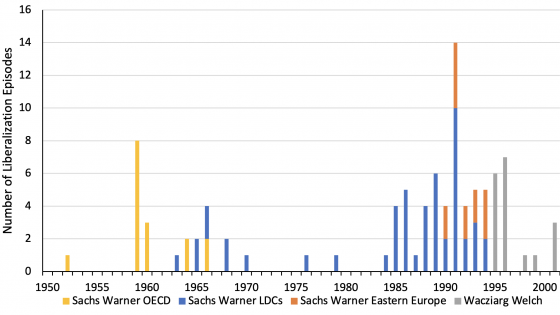DP5810 Export Promotion Agencies: What Works and What Doesn't
The number of national export promotion agencies (EPAs) has tripled over the last two decades. While more countries made them part of their national export strategy, studies criticized their efficiency in developing countries (Hogan, Keesing and Singer, 1991). Partly in reaction to these critiques, EPAs have been retooled (see ITC, 1998 or 2000 for example). This paper studies the impact of existing EPAs and their strategies, based on a new data set covering 104 developing and developed countries. Results suggest that on average they have a strong and statistically significant impact on exports. For each $1 of export promotion, we estimate a $300 increase in exports for the median EPA. However, there is heterogeneity across regions, levels of development and types of instruments. Furthermore, there are strong diminishing returns, suggesting that as far as EPAs are concerned small is beautiful.


